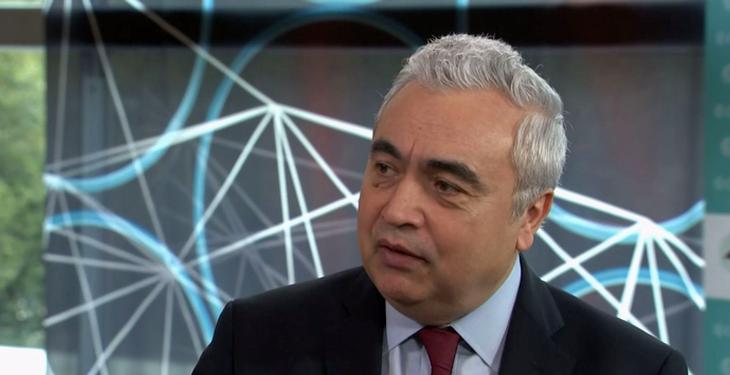The amount of money flowing into the energy sector fell for a third straight year in 2017, raising concerns about the world’s ability to provide enough power and tackle climate change, the International Energy Agency reported Tuesday.
On the whole, governments and businesses plowed $1.8 trillion into the infrastructure, equipment and resources that keep the world running. That means global energy investment fell by 2 percent from 2016 after adjusting for inflation, and the IEA warned the trend does not appear to be reversing, according to CNBC.
At the same time, governments are shouldering more of the burden of investing in the energy sector, the Paris-based advisor to energy-consuming nations said in its annual report. State-owned enterprises now account for 40 percent of all investments in energy, and about 95 percent of spending in the power sector is linked to regulation or relies on some form of subsidy.
“Despite this increased role of governments, the overall trend of energy investment remains insufficient for meeting energy security, climate and air quality goals, and is not spurring an acceleration in technologies needed for the clean energy transition,” IEA Executive Director Fatih Birol said in the report.
The electricity sector attracted the most capital for the second year in a row, generating an estimated $750 billion. However, overall investment still slumped 5 percent from the previous year.
Governments and investors spent an all-time high $300 billion on networks that deliver electricity from power plants to homes and businesses, up a modest 1 percent from last year. The spending is largely geared toward updating transmission and distribution lines and integrating smart technology to prepare for a world with more electric vehicles and renewable energy.
Meanwhile, spending on the plants that generate power — especially from coal, hydropower and nuclear fuel — had the biggest drag on overall investment.
